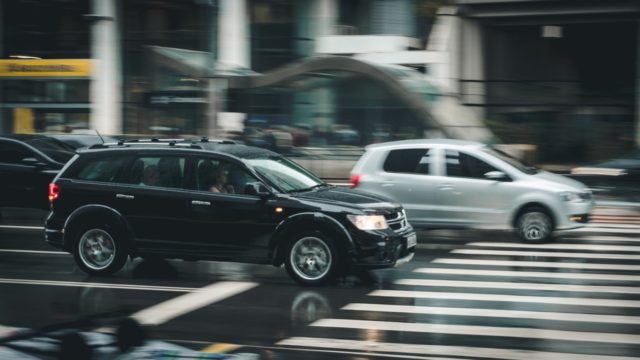What to Do If Your Company Car Is Involved in an Accident
If your company requires a car or a fleet of cars in order to conduct its business, sooner or later one of your company’s vehicles could be involved in an automobile accident. How can you best gauge your chances of success in court if the accident leads to legal action?
In states with no-fault auto insurance laws, where each party’s insurance pays for damages regardless of who was at fault, no one is allowed to sue anyone else. However, if you conduct your business in a state that has traditional tort insurance laws, the information you’ll find here will provide some guidance for you.
Determining Fault in Motor Vehicle Accident
In order to be successful in winning your accident claim, you’ll need to prove that your employee was not the negligent driver.
Liability may be easy to prove if it can be shown that one driver violated the state’s traffic laws. For instance, did one driver run a red light, or was excessive speed involved?
In cases where liability is not so clear cut, the party who has the most convincing evidence will prevail in the lawsuit. Both parties present the facts through police reports, witness testimony, diagrams, and measurements taken at the scene. Then, judges and juries examine the facts of the case.
Weighing the Evidence of Your Civil Case
Judges and juries are more likely to be swayed by factual evidence such as:
- Photographs of the accident scene that show damage to each vehicle and any injuries sustained by the parties involved will be examined.
- Testimony from eyewitnesses who give their account of what they saw that led up to the accident will be taken into account. For example, an eyewitness might report, “I saw the red SUV driving recklessly and failing to yield to the other vehicle.”
- Weather conditions that might have played a crucial role will be considered. For instance, a driver who was speeding in hazardous conditions, such as on icy roads or in poor visibility due to fog, could be found to be at fault.
- The parties’ driving records may be presented as evidence. For example, prior citations or a history of accident claims may count against you. However, if you have a clean driving record, the court will view you as a safe driver.
- If the police were called to the scene, they will have filled out a report, often citing who they believe to have been at fault. If one driver violated one or more traffic laws, police may have issued that driver a citation.
- Road conditions that might have played a part in the accident—such as potholes, highway construction, or traffic light malfunctions—will be examined.
- In many cases, the type of vehicle may be at fault, as when the manufacturer’s design is known to be a poor one that could cause the car to roll over or fail to stop.
- Some accidents may be attributed to poor maintenance and the auto mechanic may be held liable.
Never Go it Alone in Court
Most personal injury suits settle long before they ever reach trial, but some cases can drag on for years before a settlement is offered by the insurance company. In cases where there are serious injuries or death, the victims are entitled to receive compensation. However, they may have a difficult time proving their case in court.
On the other hand, an experienced personal injury attorney can help, as they will hire an investigator to collect evidence that can be used to prove your side of the case.
Never try to represent yourself in court, even if you have a law degree. Personal injury lawyers know how the system works and are knowledgeable about the rules of evidence and what will help win your case. To learn about your legal rights under the law, contact a personal injury attorney for advice.
